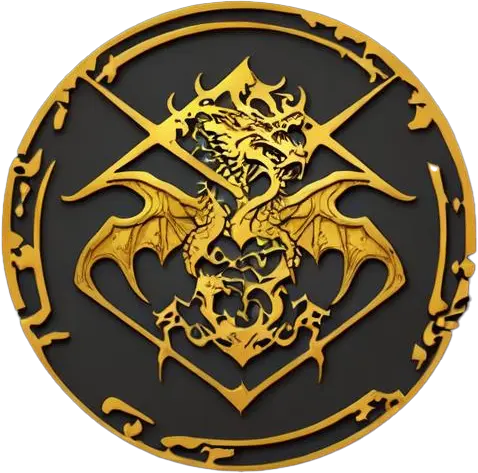The Origins of Dungeons & Dragons Dice
Specifications of D&D Dice
- d4 (four-sided die)
- d6 (six-sided die)
- d8 (eight-sided die)
- d10 (ten-sided die)
- d10 (percentile, marked 00-90)
- d12 (twelve-sided die)
- d20 (twenty-sided die)
Types of D&D Dice
By Material
-
- Description: The most common type of dice, made from durable acrylic plastic. They are lightweight, affordable, and available in a wide variety of colors and designs.
-
Example: Transparent acrylic dice with colorful inclusions.
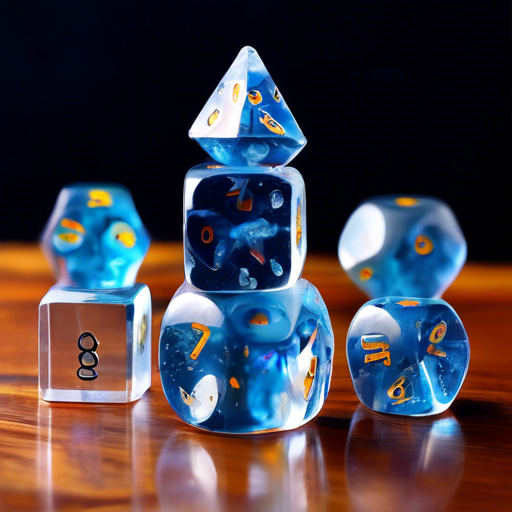
-
- Description: Similar to acrylic dice but made from resin. They often have sharper edges and more intricate designs or inclusions.
-
Example: Sharp-edged resin dice with glitter or tiny objects inside.
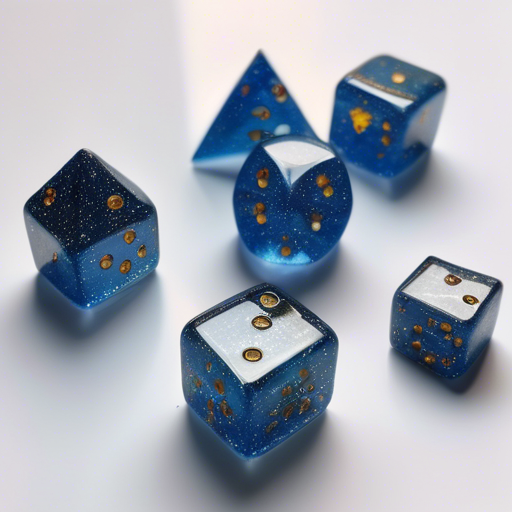
-
- Description: Heavier and more durable than plastic dice, metal dice provide a satisfying weight and feel. They are often used for their aesthetic appeal and durability.
-
Example: Zinc alloy dice with enamel inlays.
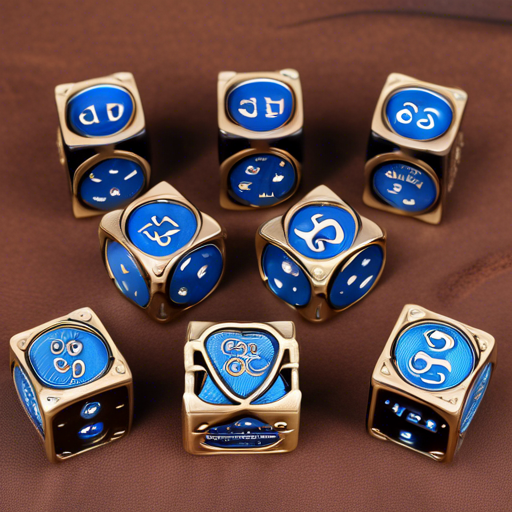
-
Gemstone Dice
- Description: Made from real gemstones, these dice are luxurious and visually stunning. They are more fragile and expensive than other types.
-
Example: Dice made from amethyst or jade.
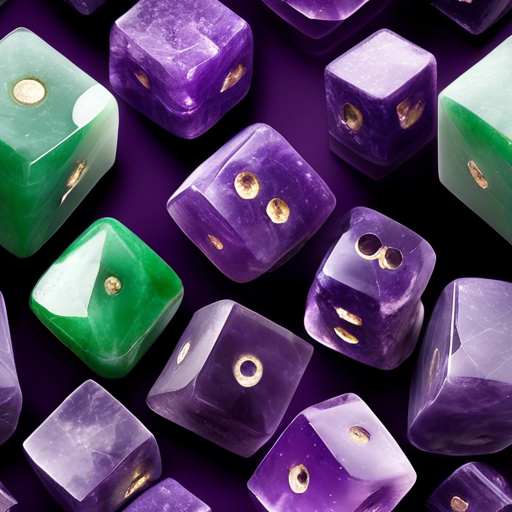
-
Wooden Dice
- Description: Crafted from various types of wood, these dice offer a natural and unique look. They are lighter and often come with a handcrafted feel.
-
Example: Walnut or cherry wood dice.

By Shape
-
Standard Polyhedral Dice
- Description: The classic seven-dice set used in D&D.
-
Example: A set including a d4, d6, d8, d10, d12, d20.
-
Specialty Dice
- Description: Dice with unique shapes or additional sides, often used for specific game mechanics or custom rules.
- Example: d30 or d100 dice.
By Manufacturing Process
-
Molded Dice
- Description: Most dice are made using injection molding, where plastic is injected into a mold to form the dice. This method is efficient and allows for mass production.
-
Example: Standard plastic dice sets.
Handcrafted Dice- Description: These dice are made by hand, often from resin or metal. They might include custom designs, inclusions, or special finishes. Handcrafted dice are typically more expensive and unique.
- Example: Custom resin dice with hand-painted details.
Conclusion
Dungeons & Dragons dice are more than just gaming tools; they are a crucial part of the game’s immersive experience. From their ancient origins to the diverse materials, shapes, and manufacturing processes available today, understanding the nuances of D&D dice can enhance your gaming experience. Whether you prefer the affordability of acrylic, the elegance of gemstone, or the heft of metal, there is a set of dice out there that perfectly complements your style and gameplay.
By exploring the different types of D&D dice and their specifications, you can find the perfect set to roll your way to adventure. Happy rolling!
This comprehensive guide aims to provide detailed information about the origins, specifications, and various types of D&D dice, covering key SEO keywords such as "Dungeons & Dragons dice," "types of dice," "dice materials," and "polyhedral dice." If you have any additional questions or need further details, feel free to reach out!-
What’s the Best Racial Trait in D&D 5e? A Playe...
If you’ve spent any time in character creation — especially the kind that spirals into hours of debate around racial traits — you know how central this question can feel:...
What’s the Best Racial Trait in D&D 5e? A Playe...
If you’ve spent any time in character creation — especially the kind that spirals into hours of debate around racial traits — you know how central this question can feel:...
-
Respect Your NPCs’ Time, Dude: Why Player Behav...
Running a campaign as a Dungeon Master (DM) can be one of the most rewarding creative experiences in tabletop gaming. You craft worlds, narratives, compelling encounters, and a cast of...
Respect Your NPCs’ Time, Dude: Why Player Behav...
Running a campaign as a Dungeon Master (DM) can be one of the most rewarding creative experiences in tabletop gaming. You craft worlds, narratives, compelling encounters, and a cast of...
-
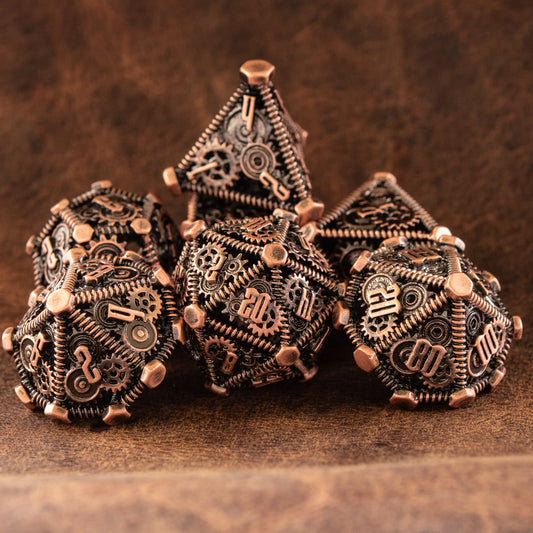
Affordable DnD Dice under $15: Quality Options ...
When diving into the world of Dungeons & Dragons, selecting dice that are both reliable and affordable can enhance your gameplay experience without breaking the bank. Whether you're a newcomer...
Affordable DnD Dice under $15: Quality Options ...
When diving into the world of Dungeons & Dragons, selecting dice that are both reliable and affordable can enhance your gameplay experience without breaking the bank. Whether you're a newcomer...
1 / of 3Subscribe to our emails
Be the first to know about new collections and exclusive offers.
- Choosing a selection results in a full page refresh.
- Opens in a new window.
